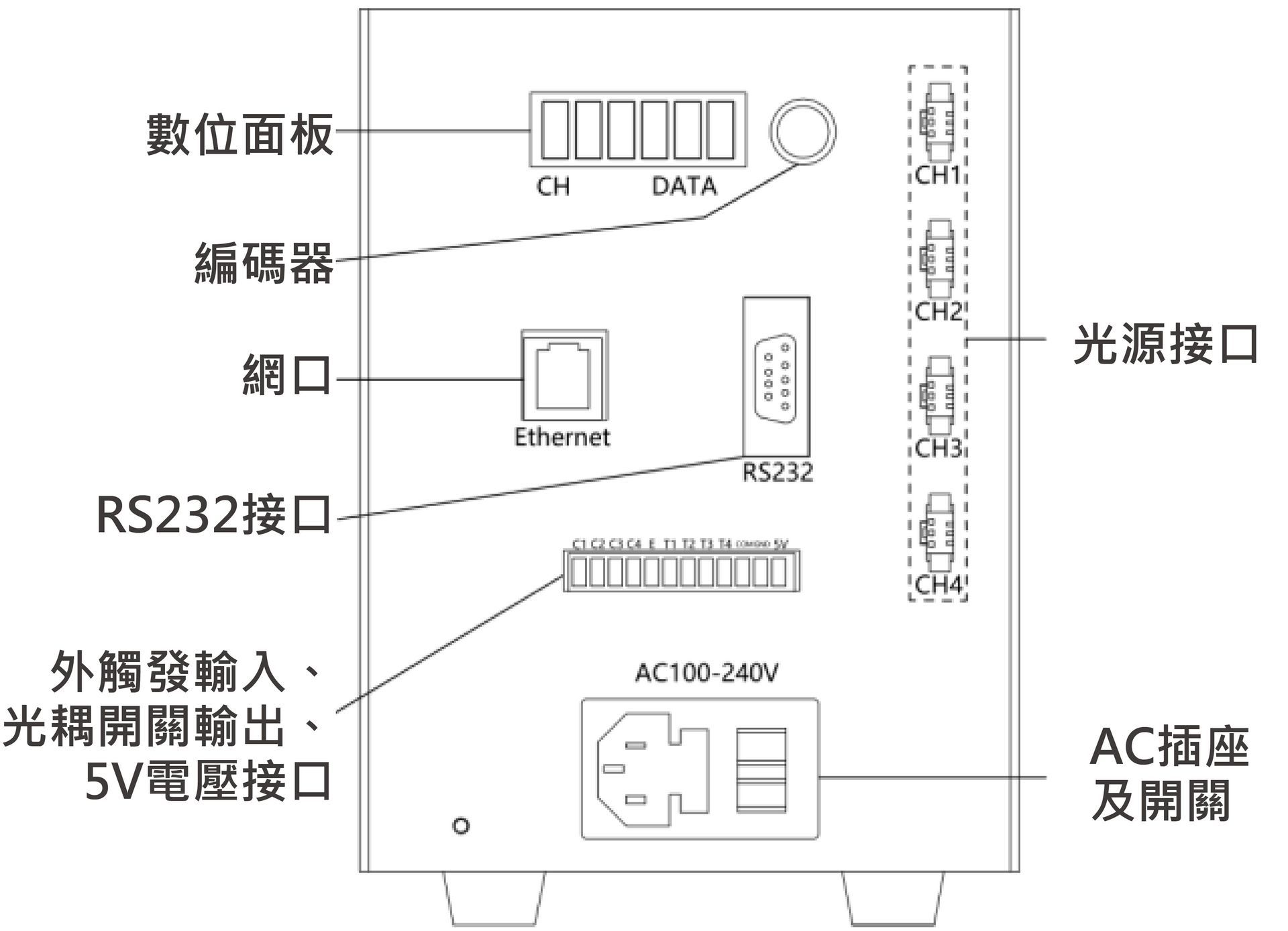Light source and light source controller
Flash controller
A flash controller is a high-performance LED light source controller. Unlike conventional light source controllers, a flash controller switches its output voltage on and off according to a preset pulse width, thereby controlling the LED light source's flashing lighting. When the output voltage is on, it is typically more than twice that of a conventional controller (for example, for a 24VDC LED light source, the output voltage can be as high as 48VDC), and the maximum on-time does not exceed 1000µs. Therefore, a flash controller can significantly increase the instantaneous brightness of the LED light source. At the same time, the shorter the light source's on-time, the internal temperature rise of the LED is suppressed, thereby significantly extending the light source's lifespan.
▶ Application range
The output voltage pulse width (i.e., the light source's on-time) can be set from 1µs to 1000µs, and the pulse width ratio can be set. This increases the instantaneous brightness of the light source by over 300% and extends the light source's service life. It automatically outputs a camera trigger signal and ensures that the camera is triggered to capture images after the light source is turned on. It can operate in external trigger mode, internal trigger mode, and constant-on mode. When the load current exceeds the controller's maximum value or short-circuits, the controller automatically protects itself and stops output. It can communicate with a PC via RS232 or a network port. It offers two mounting options: DIN rail mounting with a ring and screw mounting (with the foot pad removed).
▶ Panel Description: Digital panel display
▶ Controller parameters
| model | Input voltage | Output voltage | Total power | aisle | Light source interface | Maximum power per channel | Communication methods | Trigger voltage | Trigger Delay |
|---|---|---|---|---|---|---|---|---|---|
| HSC-48V50W-4T | 100-240VAC | 48VDC | 3000W | 4 | SM3P female connector | 2000W | Serial Port | 12-24V | <7us |
| HSC-48V120W-4T | 100-240VAC | 48VDC | 6000W | 4 | SM3P female connector | 2000W | Serial Port | 12-24V | <7us |
| HWSC-48V60W-4T | 100-240VAC | 48VDC | 3000W | 4 | SM3P female connector | 2000W | Serial port & network port | 12-24V | <7us |
| HWSC-48V120W-4T | 100-240VAC | 48VDC | 6000W | 4 | SM3P female connector | 2000W | Serial port & network port | 12-24V | <7us |




